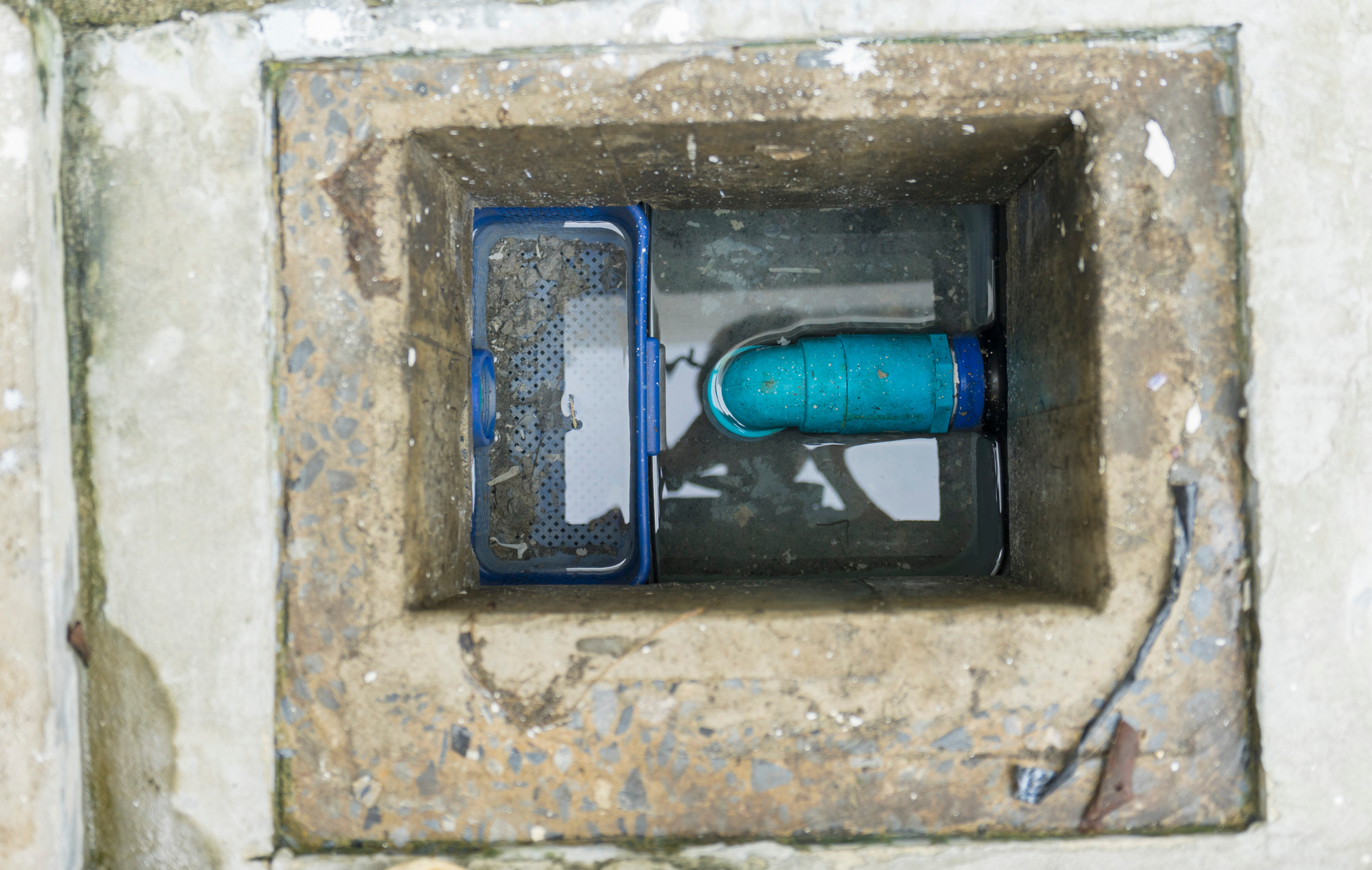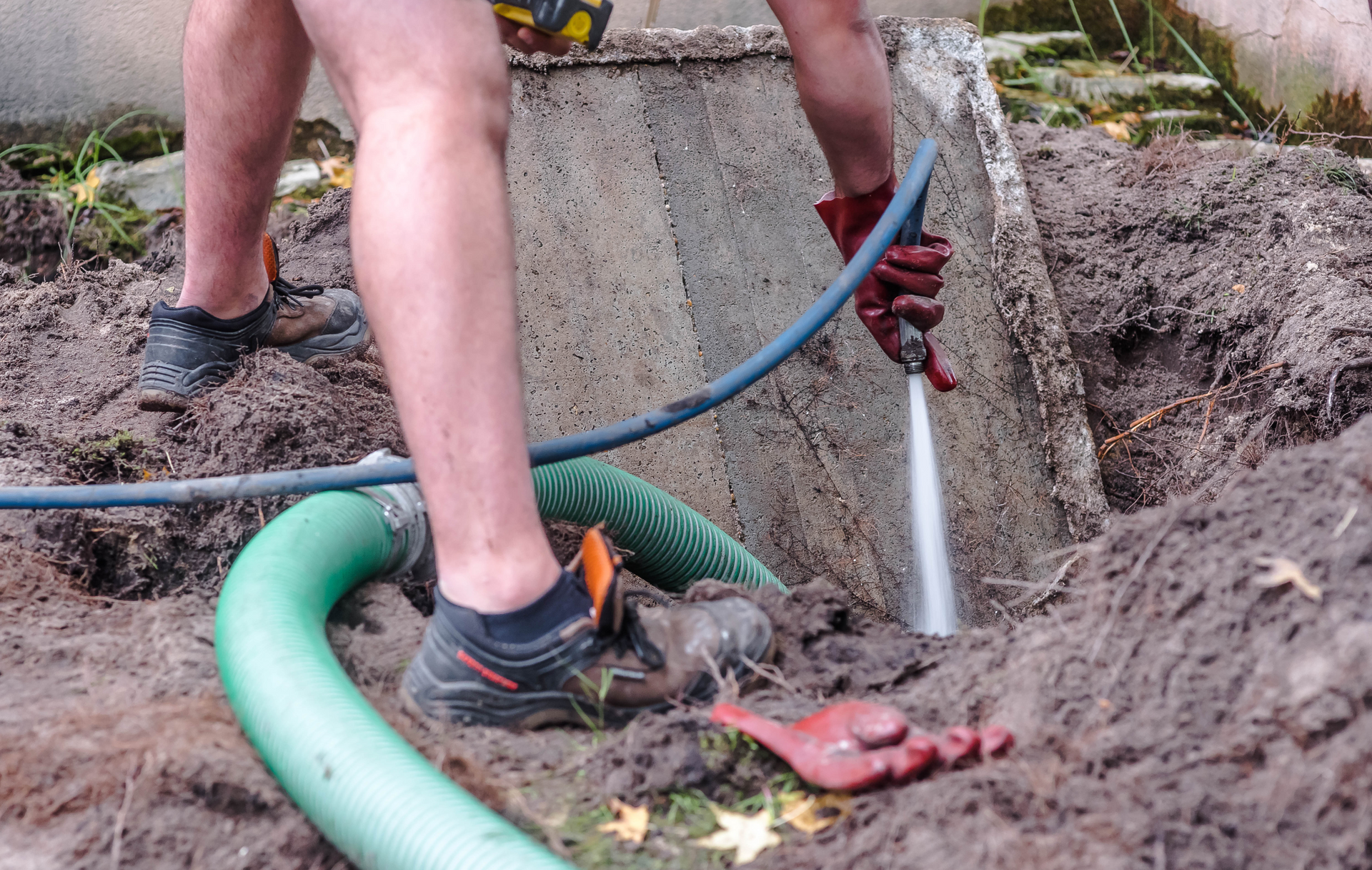Navigating the Unseen: What Oxford Homeowners Need to Know About Septic Tank Pumping
June 24, 2023
Your Guide to Understanding and Managing Septic Tank Pumping
Septic systems are vital to many homes in Oxford, quietly working behind the scenes to process wastewater. A key aspect of maintaining these systems is regular septic tank pumping. Understanding this process can help Oxford homeowners prevent significant problems down the line.
1. The Importance of Regular Pumping
Septic tank pumping is crucial to prevent system failures and backups. Over time, solids build up in the tank, and if the tank becomes too full, it can lead to clogs or leaks. Regular pumping keeps your septic system functioning efficiently and prevents harmful substances from contaminating the local environment.
2. Recognising When Pumping is Needed
Although the frequency of pumping varies based on usage and tank size, most septic tanks require pumping every 3-5 years. Signs that your tank may need pumping include slow drains, unpleasant odours, soggy ground near your septic system, or unusually green patches of grass above the drain field.
3. Choosing a Licensed Professional
Septic tank pumping should always be done by a licensed professional. They have the necessary equipment and expertise to safely and effectively remove the waste from your tank. In Oxford, be sure to select a provider familiar with local environmental regulations to ensure the proper disposal of septic waste.
4. The Pumping Process
The pumping process generally involves a vacuum truck to remove the waste from your tank. The professional will also inspect your tank for potential problems such as leaks or structural damage. This is an excellent opportunity to ask any questions you may have about your septic system's health and upkeep.
5. Disposal of Septic Waste
The waste pumped from your tank is typically disposed of at a designated treatment facility. This process protects the environment and adheres to local regulations. It's essential to choose a reputable service provider to ensure your waste is handled responsibly.
6. Post-Pumping Care
After pumping, continue to use your septic system as normal but be mindful about what goes down your drains. Avoid flushing non-biodegradable items and limit the use of harsh chemicals that could disrupt the bacterial balance in your tank.
Septic tank pumping is an essential part of home maintenance in Oxford. By understanding the process and its importance, homeowners can extend the life of their septic systems, protect their property, and contribute to the preservation of Oxford's beautiful environment. So remember, regular pumping isn't just good housekeeping—it's responsible homeownership.

Oxford Septic Services plays a crucial role in ensuring the health and functionality of septic systems in our community. With years of experience and expertise, our team is dedicated to providing top-quality services to homeowners and businesses alike. In this guide, we'll explore the vital role that Oxford Septic Services plays in maintaining healthy septic systems and preserving the well-being of our environment. Chapter 1: Comprehensive Septic System Maintenance Oxford Septic Services offers comprehensive maintenance services designed to keep septic systems running smoothly. From regular inspections to proactive maintenance measures, our team ensures that septic systems remain in optimal condition year-round. Chapter 2: Professional Septic Tank Pumping Regular septic tank pumping is essential for preventing backups and maintaining the proper functioning of septic systems. Oxford Septic Services provides professional pumping services tailored to the unique needs of each property, ensuring efficient removal of waste and sludge. Chapter 3: Prompt Septic System Repairs When issues arise with septic systems, prompt repairs are crucial to prevent further damage and ensure continued functionality. Oxford Septic Services offers timely and reliable repair services, addressing issues such as leaks, clogs, and drain field problems with expertise and efficiency. Chapter 4: Expert Leach Field Services Leach fields are an integral part of septic systems, responsible for filtering and dispersing wastewater into the soil. Oxford Septic Services offers expert leach field services, including inspections, repairs, and installations, to ensure the proper functioning of this critical component. Chapter 5: Emergency Septic Services Septic emergencies can occur at any time, posing significant risks to property and health. Oxford Septic Services offers emergency services around the clock, providing prompt response and effective solutions to mitigate damage and restore functionality. Chapter 6: Residential and Commercial Solutions Whether it's a residential property or a commercial establishment, Oxford Septic Services offers tailored solutions to meet the unique needs of each client. From small homes to large commercial properties, our team has the expertise and resources to handle any septic system challenge. Chapter 7: Environmental Stewardship At Oxford Septic Services, we are committed to environmental stewardship and sustainable practices. We prioritize eco-friendly solutions and responsible waste management techniques to minimize our impact on the environment and protect natural resources. Conclusion: Oxford Septic Services plays a vital role in maintaining healthy septic systems and preserving the well-being of our community. With comprehensive maintenance services, prompt repairs, and a commitment to environmental stewardship, our team ensures that septic systems remain in optimal condition for years to come. Trust Oxford Septic Services for all your septic system needs and experience the difference firsthand.

Septic tank pumping is a crucial aspect of septic system maintenance that often goes overlooked by property owners. Regular pumping helps prevent costly repairs, prolongs the lifespan of the septic system, and protects the environment from contamination. In this guide, Oxford Septic Services shares valuable insights into the importance of routine septic tank pumping and its many benefits. Chapter 1: Understanding the Role of Septic Tank Pumping Overview of the septic tank pumping process and its significance in maintaining a healthy septic system Explanation of how septic tank pumping removes accumulated solids and sludge from the tank, preventing clogs and backups Chapter 2: Preventing Costly Repairs and System Failures Discussion of the potential consequences of neglecting septic tank pumping, including system backups, drain field damage, and groundwater contamination Exploration of the financial implications of septic system repairs and replacements compared to the relatively low cost of routine pumping Chapter 3: Extending the Lifespan of Your Septic System Explanation of how regular septic tank pumping helps prolong the lifespan of the septic system by reducing stress on system components and preventing premature failure Discussion of the correlation between routine pumping and the overall health and longevity of the septic system Chapter 4: Protecting the Environment and Public Health Examination of the environmental and public health risks associated with untreated wastewater discharge from poorly maintained septic systems Explanation of how routine septic tank pumping helps mitigate these risks by preventing groundwater contamination and protecting local water sources Chapter 5: Maintaining Property Value and Resale Potential Exploration of the impact of a well-maintained septic system on property value and resale potential Discussion of how routine septic tank pumping demonstrates responsible property ownership and can increase buyer confidence during real estate transactions Chapter 6: Ensuring Regulatory Compliance Overview of local regulations and requirements regarding septic system maintenance and pumping frequency Explanation of how routine septic tank pumping helps property owners remain in compliance with regulatory standards and avoid potential fines or penalties Chapter 7: Best Practices for Scheduling Septic Tank Pumping Recommendations for establishing a regular pumping schedule based on factors such as household size, water usage, and septic system capacity Tips for working with professional septic service providers like Oxford Septic Services to schedule timely and efficient pumping services Conclusion: Routine septic tank pumping is an essential aspect of responsible septic system ownership, offering numerous benefits for property owners, the environment, and public health. By understanding the importance of routine pumping and working with trusted professionals like Oxford Septic Services, property owners can ensure the long-term performance and reliability of their septic systems.
